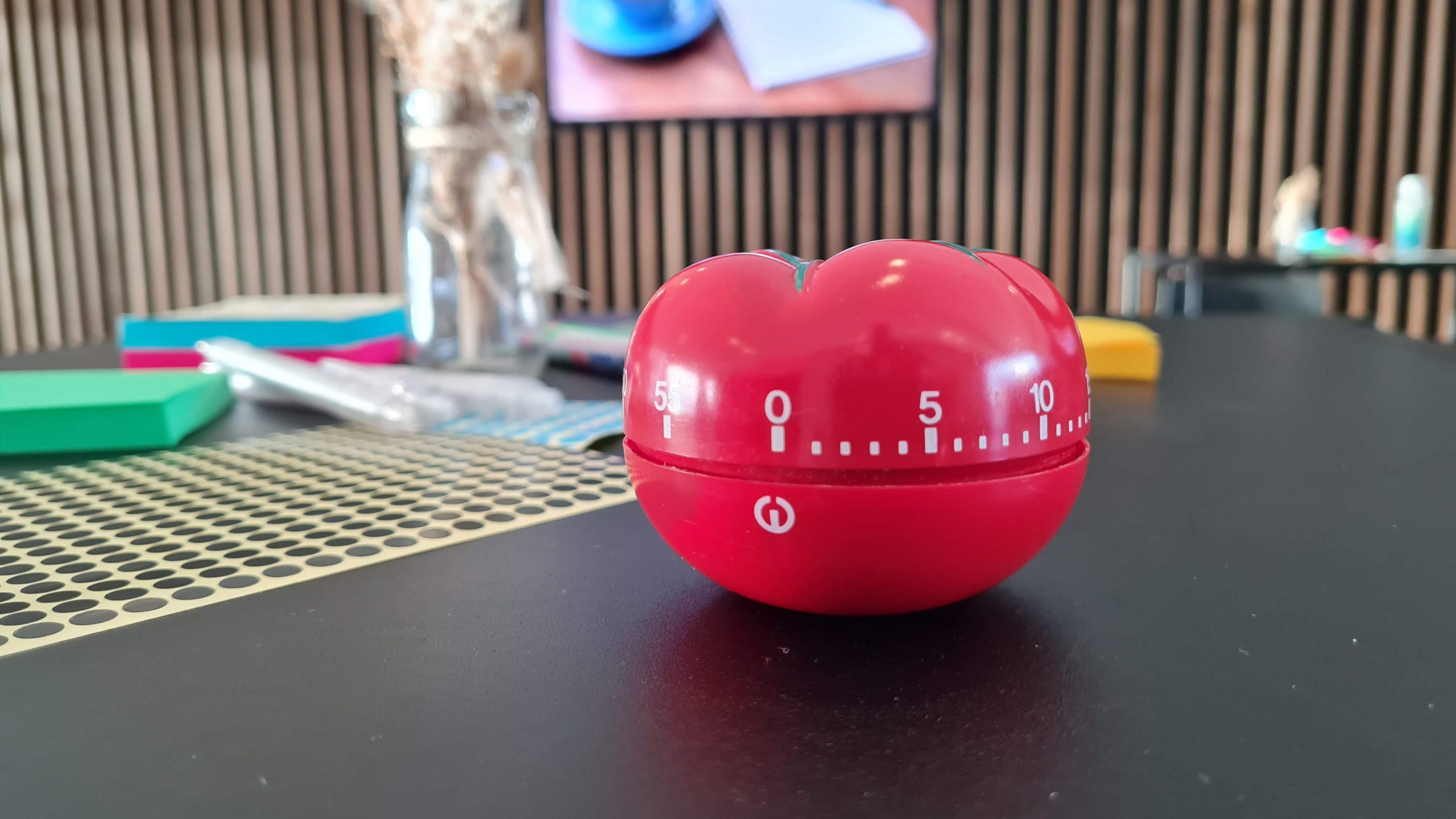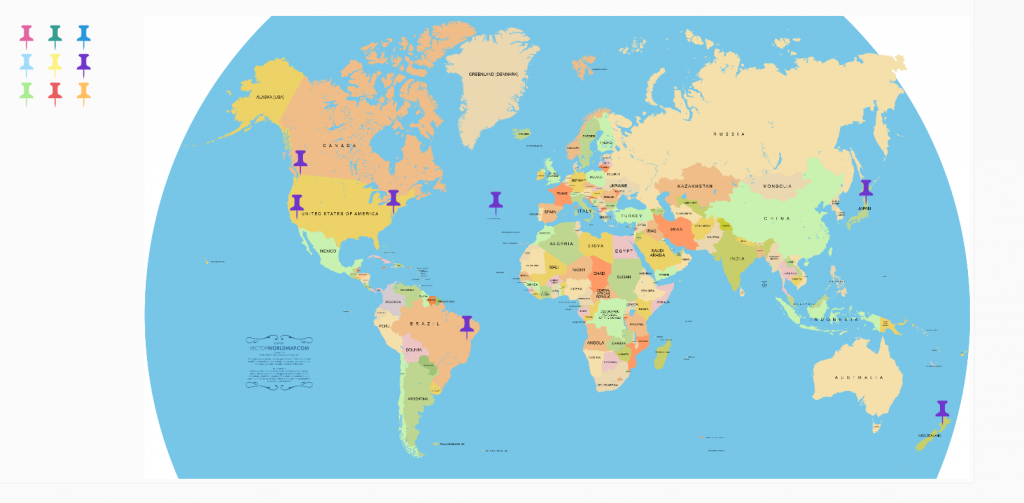A retro recipe is a creative format for sharing retrospective meeting experiences, presented as a recipe with ingredients and step-by-step instructions. Our most recent one, the Generic Retrospective template, outlines a structured approach to ensure your retrospectives are both effective and engaging. In this blog post, we’ll delve deeper into each step we deem essential for a successful retrospective, discussing why each was selected and how it contributes to an effective retrospective.
Warm-up
Every retro recipe starts off with a warm-up, a short, engaging activity designed to break the ice, loosen up the team, and get everyone in the right mindset for the retrospective.
A good warm-up fosters team cohesion and ensures that everyone is mentally present and ready to engage. Additionally, it can set the tone or theme of the retrospective, making it more fun and focused.
“For me, a warm-up is perfect for shaking off any awkwardness and getting everyone talking freely and openly.”
Ronald, Principal DevOps Engineer
In this example warm-up, everyone marks their favorite destination on a map. This is a fun, light-hearted way to break the ice, spark conversations, and foster team connections before diving into deeper discussions. Moreover, it can be done both online and in person!
Evaluating previous action points
In the second step of a retrospective, the team reviews the action points (APs) that were identified in the last retrospective. They discuss what was accomplished, what wasn’t, and why.
By evaluating past action points, the team holds itself accountable, ensuring that agreed-upon improvements are being implemented. It also helps identify any obstacles that may have prevented progress, enabling the team to adapt or adjust strategies as needed. Lastly, the team can critically assess whether the action points were useful and if they achieved the desired goal.

Main part: discussing topics & finding action points
The next step is central to any retrospective: the team identifies and discusses key topics, challenges, and successes from the last sprint or iteration.
The goal here is to collaboratively generate insights and find actionable points for improvement. An effective retrospective ensures that all voices are heard, and the most pressing issues are addressed. It’s the time to diagnose problems, brainstorm solutions, and identify growth opportunities. This collaborative approach helps the team continuously improve its processes.
The lean coffee format ensures even the quietest voices have a say in what is discussed.
To further ensure everyone is heard during discussions, you can use breakout rooms or facilitation techniques from Liberating Structures, like our personal favorite “1-2-4-All”.

Committing to action points
In this final step, the team decides which action points to commit to and assigns ownership. The APs should be clear, achievable, and aimed at improving processes or addressing the issues identified during the discussion.
Committing to action points ensures that the insights and decisions from the retrospective lead to tangible improvements. It creates a sense of accountability and follow-through, making it more likely that the identified changes will be implemented before the next retrospective.
“Committing to action points at the end of the retro makes our retro more effective.”
Pieter, Expert Product Owner
Conclusion
By following this structured approach to retrospectives, we can ensure that our sessions are productive, engaging, and lead to continuous improvement. Each step fosters open communication, accountability, and actionable outcomes. We hope this detailed explanation has helped you understand the rationale behind each step and has inspired you to implement a similar approach in your own retrospectives. Happy reflecting!
More from our Agile webspace

RETRO RECIPE
Our Global Agile Lead, Bram De Block, walks you through his favorite retrospective format.
